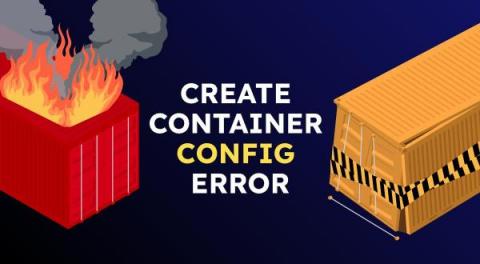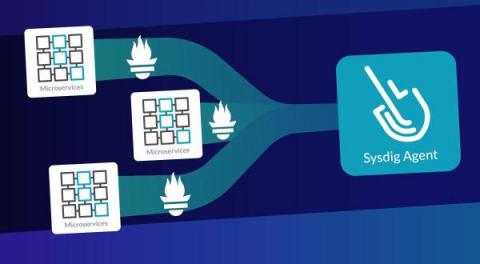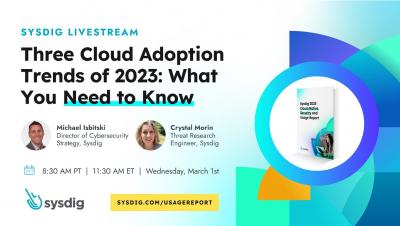Troubleshooting Application Issues with Extended Labels
Troubleshooting issues in Kubernetes can be tough. When diagnosing these problems, you can find yourself with tons of microservices to review. Sometimes you come across the root cause straight away, but when dealing with complex issues you may lose a lot of time going back and forth, and time is a precious asset when everything goes up in flames. Sysdig Agent leverages eBPF for granular telemetry.












